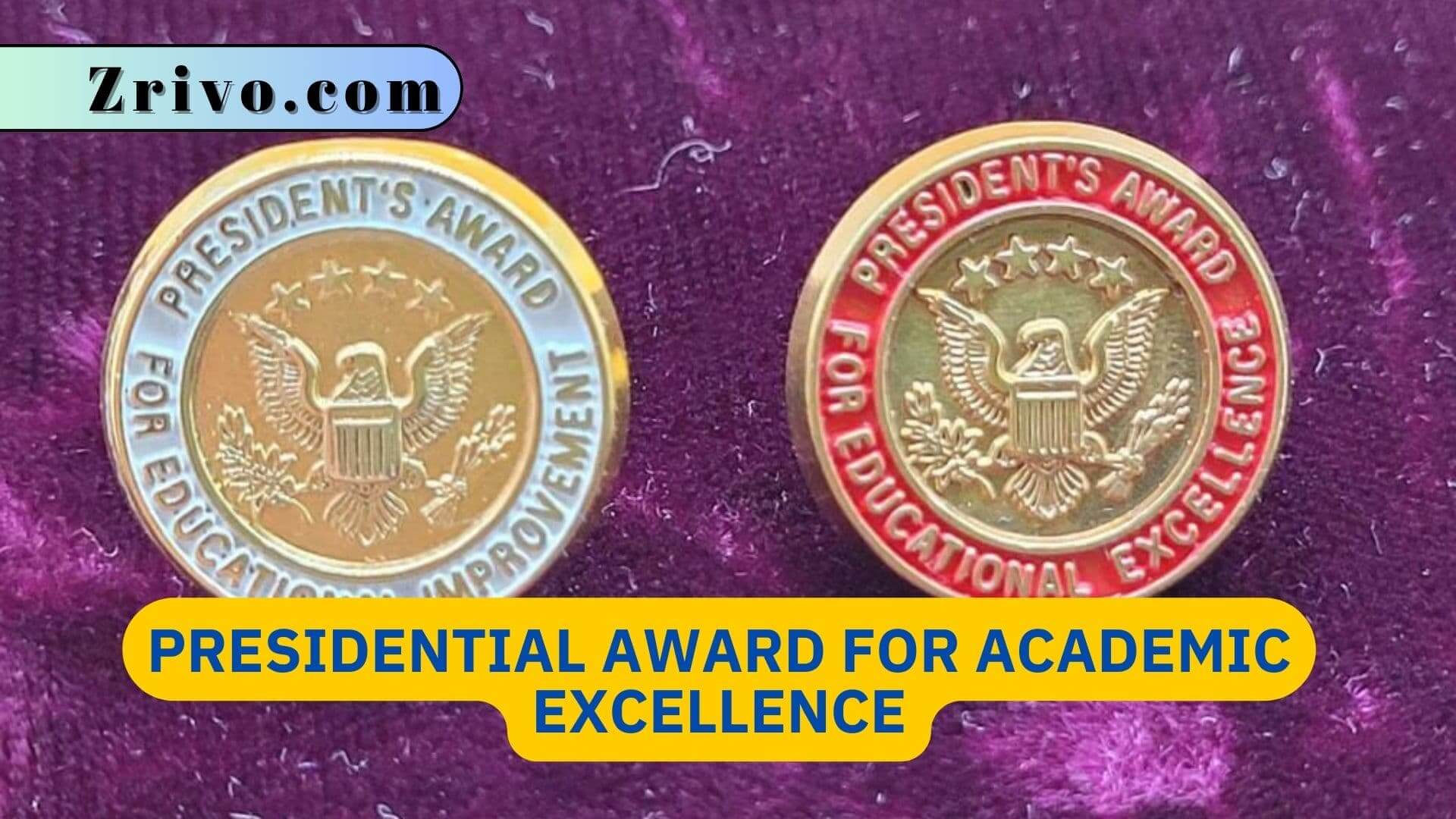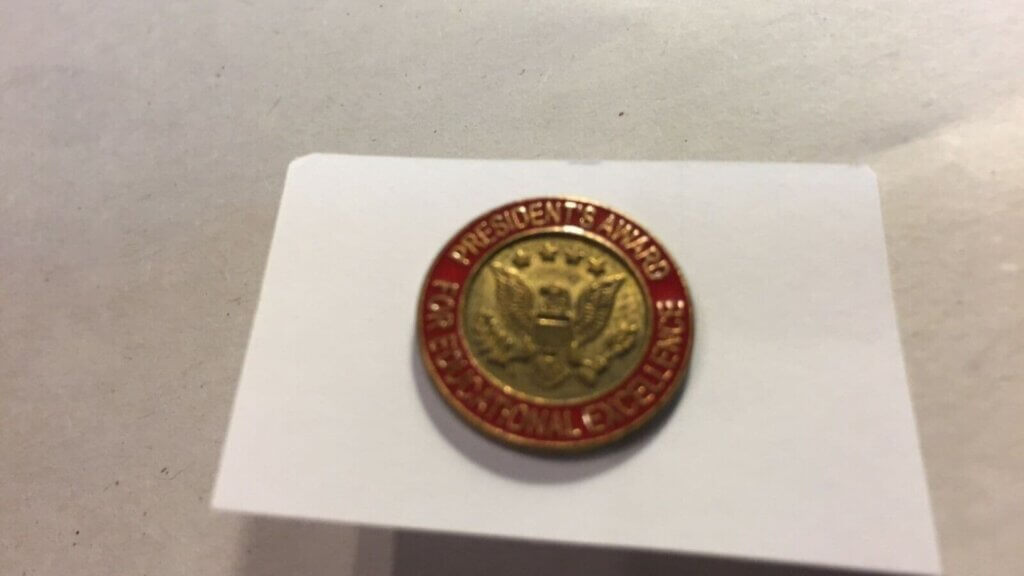Presidential Award For Academic Excellence
The Presidents Education Awards Program is an academic achievement recognition program sponsored by the U.S. Department of Education and the National Association of Secondary School Principals (NASSP).

The Presidential Award is the most prestigious accolade available for graduating seniors. It is awarded by the President of the United States and is a symbol of academic excellence. The program recognizes students who excel in academics, leadership, service to school and community, and talent in the visual, creative, and performing arts. The program also honors students who have demonstrated extraordinary scholarship and talent in career and technical fields. There are a number of different awards that can be given to high school students. These include the National Merit Scholars, National Hispanic Scholars, Academic All-Americans, and more. Each of these scholarships is unique and has its own set of criteria. These awards are highly coveted and can help boost a student’s reputation.
History
1960s: The origins of academic recognition programs in the United States can be traced back to the 1960s when there was a growing interest in promoting academic excellence in schools. During this time, various states and school districts began implementing their own recognition programs to honor outstanding students.
1983: The U.S. Department of Education initiated the Presidential Academic Fitness Award, which was established during the Reagan administration. This award was designed to recognize students in elementary and secondary schools who demonstrated outstanding academic achievement. It included both a gold and silver award.
1996: The program was renamed the Presidential Award for Educational Excellence (PAEE) during the Clinton administration. This change in name reflected a broader focus on education, including academic achievement and other aspects of student performance, such as leadership and community service.
2001: The program underwent another change in name and was renamed the Presidential Award for Academic Excellence (PAAE) during the George W. Bush administration. This change emphasized the award’s primary focus on academic achievement.
Today: The program continues to be administered by the U.S. Department of Education, and it recognizes students at both the elementary and secondary school levels who have demonstrated exceptional academic performance. Recipients receive a certificate and may also receive a pin or other forms of recognition.

How to Qualify?
To qualify for Presidential Award For Academic Excellence, students must meet requirements based on grade point average or other school-set criteria and choice of state tests or teacher recommendations. Students who are graduating from an elementary school (completing 6th grade, rising 7th grader), middle school (completing 8th grade, rising 9th grader), or high school (graduating 12th grader) may qualify for this award. A nominee must not have received the award in the past five years and cannot be a member of Executive Leadership. Fellow faculty, staff, and administrators may nominate individuals for this award. Relatives of nominees are not eligible for nomination.
A recipient of the Presidential Award for Excellence will exhibit a commitment to teaching and scholarship that is both significant and unique. This individual will have a proven record of excellence in scholarship that advances knowledge, including letters of endorsement from authorities in their field, and they will have a demonstrable impact on the learning of Touro University students. In addition, this individual will have exhibited exceptional leadership on committees, task forces, institutional governance bodies, or commissions that resulted in improvements, innovations, or curricular developments significantly impacting Touro University and its students. This individual will also have an outstanding record of service in alignment with the pillars of academic excellence, safety, and equity.





